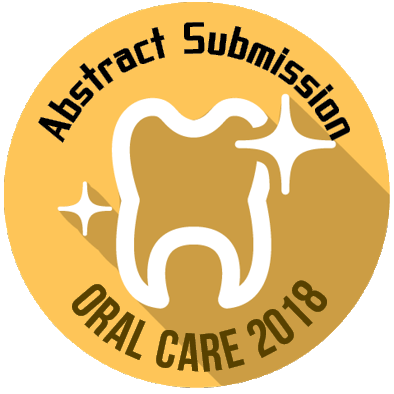
Biography
Biography: Jona J Sela
Abstract
Basic aspects of bone reaction to implants
A large variety of metal and ceramic devices are being introduced, on a daily basis, into bones. The appliances are implanted
in order to enhance healing, function and mobility. Bone repair adjacent to implants is a multi-factorial process wherein,
the foreign material is required, ideally, to produce a state of non-interference with normal osseous regeneration. The added
value of implant introduction comprises restoration of biomechanical properties. Ultimately, this process should involve an
improved formation of the mineralized matrix at the injured sites and an enhanced positive shift of bone remodeling balance.
Specifically, implant effect on bone healing involves a range of environmental, endocrine, mechanical and chemical variables
leading to changes in tissue, cell and gene expression. This is presented by the enhancement of guided action of osteoblasts and
chondroblast to produce osseous tissues that restore the skeletal load bearing capacity. Concomitantly, osteoclasts are involved
in the shaping of tissue healing. Recently, regulatory aspects of bone remodeling have been revealed. The findings disclosed
new modalities for induction, enhancement and guided repair in conditions such as intraosseous implants, nonunion fractures
and critical size defects. Various approaches to the treatment of these conditions are currently under basic, translational and
clinical research. These range from advanced methods for tissue engineering, gene and cell therapies involving identification
of active molecular target approach to the development of sophisticated biomaterials for implant surgery. In view of the
multidisciplinary nature of these efforts, the present talk addresses modern aspects of bone healing, with a special attempt to
enhance convergence of different experimental and clinical approaches designed for the study of implants and bone healing in
its diverse forms and under various conditions. The information and ideas provided should be of value for the understanding
of implant rejection in particular and at a broader view, to the experimental skeletal biologists and clinicians in the perception
of healing and regenerative processes.

